Overview
The main trends shaping the future of architectural visualization technology include advancements in AI, real-time rendering, immersive technologies like VR and AR, and cloud-based solutions, all of which enhance collaboration, design accuracy, and sustainability. The article supports this by detailing how these technologies improve communication among stakeholders, streamline workflows, and enable architects to create more engaging and environmentally conscious designs, thus driving innovation in the industry.
Introduction
The architectural visualization industry is on the brink of a significant evolution, propelled by the integration of innovative technologies that redefine traditional practices. As architects navigate the complexities of modern design, tools such as:
- Photogrammetry
- 3D scanning
- Cloud rendering
are emerging as essential components in their workflows. These advancements not only enhance the precision of visual representations but also foster improved collaboration among stakeholders, ultimately leading to more informed decision-making. The adoption of artificial intelligence and machine learning further enriches this landscape, enabling the creation of dynamic, responsive visualizations that resonate with both functionality and aesthetic appeal. As sustainability becomes a critical priority, these technologies play a vital role in shaping environmentally conscious designs. This article delves into the transformative impact of these emerging technologies on architectural visualization, exploring their implications for project execution, client engagement, and the future of the industry.
Emerging Technologies in Architectural Visualization
The design visualization field is experiencing a significant change, which showcases the top future of architectural visualization technology, fueled by the incorporation of advanced methods like photogrammetry, 3D scanning, and cloud rendering. Grasping the anatomy of a 3D building rendering is crucial for architects to fully utilize these tools. Photogrammetry, in particular, enables the generation of precise 3D models from photographic data, allowing architects to accurately capture and represent existing environments with remarkable fidelity.
This method has become increasingly vital in building practices, streamlining the process of documentation and design while enhancing clarity and communication among stakeholders. Furthermore, cloud rendering tools promote collaborative efforts by enabling multiple users to engage in real-time project modifications, significantly improving workflow efficiency and facilitating informed decision-making. Recent advancements in the 3D rendering field, including Autodesk’s purchase of Wonder Dynamics and Nextech3D.Ai’s acquisition of augmented reality tools, suggest a trend towards combining advanced innovations that are establishing new benchmarks in digital commerce and design.
These technological advancements are essential tools that not only enhance image quality but also contribute to cost savings by resolving design issues early and accommodating client adjustments, such as through quick iterative design support. In fact, design firms in the U.S. invested over $2.8 billion in software and advancements in 2020, underscoring the industry’s commitment to adopting innovations that enhance visualization practices. As we look towards 2024, the influence of these advancements on project execution and design accuracy continues to set new benchmarks for excellence in the top future of architectural visualization technology.
Additionally, aligning with the AIA’s goal of achieving net-zero emissions from the U.S. building sector by 2050, these technologies play a crucial role in creating sustainable design solutions and enhancing client satisfaction through detailed interior renderings that showcase both functionality and aesthetics. Reach out today to explore how these advancements can bring your design visions to vibrant life.
The Role of AI and Machine Learning in Shaping Visualizations
The integration of Artificial Intelligence (AI) and machine learning into visualization workflows signifies a transformative shift in the industry, particularly when coupled with advanced tools like 3D townhome rendering. This technology empowers developers by enhancing clarity and precision, crucial for effective communication with builders, lenders, and municipalities. By analyzing extensive datasets, AI can predict design outcomes, optimize lighting conditions, and refine material selection, further enhancing the clarity of design visions.
For example, AI algorithms can rapidly generate multiple design iterations based on established parameters, allowing architects to explore a variety of possibilities efficiently. Additionally, machine learning improves rendering efficiency by identifying elements demanding greater detail, optimizing resource allocation, and significantly reducing rendering times. This not only enhances the quality of representations but also strengthens their emotional effect for stakeholders.
As noted by qbiq, platforms that incorporate AI to provide high-quality, customized floor plans and 3D virtual tours in record time are at the forefront of this technological revolution. Furthermore, the growing importance of ethical considerations in AI applications, particularly concerning algorithmic bias, underscores the necessity for architects to diversify datasets and ensure fairness in design outcomes. This changing environment of design representation, characterized by intricate details and cutting-edge methods, is set to transform project development and decision-making in the sector, highlighting the future of architectural visualization technology.
Ultimately, 3D townhome rendering is not just a tool; it tells a compelling story that sells not just homes but futures. Reach out today, and let’s bring your design visions to vibrant life.
Real-Time Rendering and Immersive Technologies
Real-time rendering, along with immersive technologies such as Virtual Reality (VR) and Augmented Reality (AR), has become indispensable in the realm of architectural visualization. These advanced tools enable users to interact with spaces before construction, resulting in more informed decision-making processes. For instance, architects can create comprehensive VR walkthroughs that enable users to navigate a project in a completely immersive environment, significantly enhancing interaction and satisfaction.
This capability not only fosters deeper engagement with customers but also provides architects with immediate feedback, enabling timely design adjustments based on preferences. Furthermore, AR technology can seamlessly overlay digital models onto physical environments, offering a unique perspective on how a project integrates with its surroundings. The emphasis on a collaborative rendering process at J. Scott Smith Visual Designs—from initial communication to detailed 3D models—ensures that customer specifications and vision are meticulously captured.
Specific steps such as the use of clay renderings allow clients to visualize progress and provide feedback early in the process, while material selection ensures that the design reflects the emotional and lifestyle aspirations of the client. Recent trends indicate a surge in the adoption of these innovations, with reports suggesting that:
- 86% of design professionals acknowledge AI’s potential impact on the industry.
- 74% are inclined to increase their utilization of such innovations within the next year.
- Significantly, 38% of students are presently enrolled in Master of Architecture and Doctor of Architecture programs, indicating a growing interest in these emerging fields among future architects.
As Stjepan Mikulić, Founder & CEO of AI in AEC, aptly states, ‘AI is a must-have skill for any future AEC professional.’ As the design landscape continues to evolve, the top future of architectural visualization technology, which includes embracing VR and AR, will be crucial for enhancing design processes, optimizing client relationships, and ensuring that high-quality visual renderings lead to successful project outcomes. Additionally, with Atlanta, GA recognized as the most in-demand city for architects, the integration of these technologies is likely to play a significant role in meeting the needs of a competitive job market.
Sustainability Trends in Architectural Visualization
Sustainability has emerged as a pivotal theme at the top of the future of architectural visualization technology, significantly influencing design methodologies and presentation techniques. Advanced depiction tools, particularly 3D representations, are now essential in evaluating the environmental impact of projects from the outset, showcasing the top future of architectural visualization technology. They offer a realistic perspective of the project, making it easier for customers to understand and make informed decisions.
By improving communication among architects, customers, and contractors, 3D visualizations assist in recognizing potential issues early, which not only saves time but also highlights the top future of architectural visualization technology by resulting in considerable cost reductions through prompt issue resolution and required adjustments. Tools such as EnergyPlus and IESVE enable architects to model energy performance accurately, ensuring designs are efficient and minimize energy consumption. Furthermore, the rise of tools that visualize sustainable materials and construction methods allows architects to effectively showcase eco-friendly alternatives to clients.
This transition towards sustainability is essential, not just for compliance with regulatory mandates but for resonating with an increasingly environmentally aware society. As noted by industry leader Pickard Chilton,
As the industry evolves, these trends will play a crucial role in shaping a sustainable future for architecture.
With 47% of British architects rating their digital maturity as average and U.S. architecture firms spending over $2.8 billion on software and technology in 2020, the industry demonstrates a readiness to adopt new digital tools.
Furthermore, the building design market is anticipated to attain $16.18 billion by 2032, demonstrating a compound annual growth rate (CAGR) of 17.0%. This highlights the significance of incorporating sustainability trends and the advantages of 3D representations, particularly as top future of architectural visualization technology reveals an increasing need for architects proficient in these practices in areas such as Atlanta, GA, and Virginia.
Enhancing Collaboration through Visualization Tools
Cooperation constitutes the foundation of successful architectural endeavors, with design tools spearheading the improvement of collaboration among architects and engineers. The application of 3D representations allows designers and developers to convey ideas clearly, secure quicker approval from clients, and tackle potential design problems early, thus minimizing expensive alterations later. Real-time collaboration platforms allow team members to share visualizations and receive immediate feedback, effectively bridging the communication gap among various stakeholders.
Building Information Modeling (BIM) software exemplifies this advancement, facilitating cross-discipline collaboration to ensure that every aspect of a project is synchronized from the outset. Significantly, studies show that:
- 25% of organizations face challenges with insufficient tools for team collaborations on informal projects, consuming 20% of their productive time.
- Project managers often express a desire to remove documentation tasks from their workload, highlighting a practical challenge that collaboration tools can help alleviate.
The National Architectural Accrediting Board (NAAB) notes that there are 175 accredited programs in architecture across 139 institutions in the U.S., emphasizing the importance of education in fostering skilled professionals who can leverage these technologies. Additionally, with 70% of the world’s population expected to live in cities by 2050, sustainability is a top priority for 72% of architectural firms. By fostering a collaborative atmosphere, BIM and other modeling tools not only improve efficiency and simplify workflows but also represent the top future of architectural visualization technology, facilitating an iterative design process that permits multiple revisions based on feedback.
This adaptability, combined with the potential for cost savings through early issue resolution and customer adjustments, makes embracing these technologies crucial for firms aiming to thrive in a competitive market.
The Integration of Cloud-Based Solutions
Cloud-based solutions are at the top of the future of architectural visualization technology, revolutionizing the field by offering a unified platform for project management and file sharing. This advancement enables architects to access essential project files from any location, thereby facilitating remote work and collaboration across diverse teams. Such collaborative efforts align closely with our rendering process, which emphasizes the importance of initial communication and detailed project specifications.
At J. Scott Smith Visual Designs, we prioritize gathering the right information early, as this not only saves time and money but also ensures that we can tailor our approach to meet the needs of our customers effectively. For instance, we have worked from both 100-page construction sets and simple napkin sketches, adapting our methods to suit the project at hand. Recent data shows that 46% of European companies have transitioned to cloud storage for all their data, with a substantial portion classified as sensitive.
This shift indicates a significant reliance on cloud infrastructure, which enhances productivity but raises concerns about data security and encryption practices. Clear and timely information is crucial in construction projects to optimize time and costs, and our meticulous approach to detail ensures accuracy in renderings, enhancing client engagement. The key benefits of cloud computing—flexibility, scalability, cost savings, and enhanced productivity—are essential for the future of architectural visualization technology in contemporary design practices.
For instance, the case study titled ‘European Companies Storing Data in the Cloud’ illustrates how this reliance on cloud storage raises concerns about data breaches and encryption practices, emphasizing the need for robust security measures. The integration of version control within these tools is vital, ensuring that all team members are aligned with the most current information, thereby reducing the risk of errors and miscommunication. Furthermore, many cloud-based visualization platforms seamlessly integrate with existing software, streamlining workflows and significantly enhancing overall efficiency.
The adoption of cloud technology is a key component of the future of architectural visualization technology, as it aligns with the increasing trend of remote collaboration in the architectural sector and has the potential to generate an EBITDA value exceeding $3 trillion by 2030, as noted by Forbes Global. This transformative shift supports architects in navigating the complexities of modern project management while fostering a collaborative environment that transcends geographical boundaries. Our clients have consistently praised our collaborative approach, noting how it has led to successful project outcomes and high-quality visual renderings that effectively communicate their design intent.
Conclusion
The architectural visualization industry is experiencing a profound transformation driven by advanced technologies that enhance design accuracy and collaboration. Tools like photogrammetry, 3D scanning, and cloud rendering streamline workflows and improve client engagement. The integration of artificial intelligence and machine learning further enhances this process, allowing for rapid design iterations and optimized resource allocation, resulting in superior visualizations.
Immersive technologies such as Virtual Reality and Augmented Reality are redefining client interactions, providing immersive experiences that facilitate informed decision-making. This focus on technology, coupled with a commitment to sustainability, enables architects to produce environmentally conscious designs that resonate with modern expectations.
Collaboration remains vital for successful architectural projects, and visualization tools significantly improve teamwork among architects, engineers, and clients. The adoption of cloud-based solutions revolutionizes project management by promoting seamless communication and file sharing, thereby enhancing productivity and fostering innovation.
As the industry continues to evolve, embracing these emerging technologies will establish new benchmarks for excellence in architectural visualization. Firms that leverage these advancements will be better positioned to meet client demands and address environmental challenges. Ultimately, the integration of these innovations will enhance project execution and contribute to a sustainable, collaborative future in architecture.
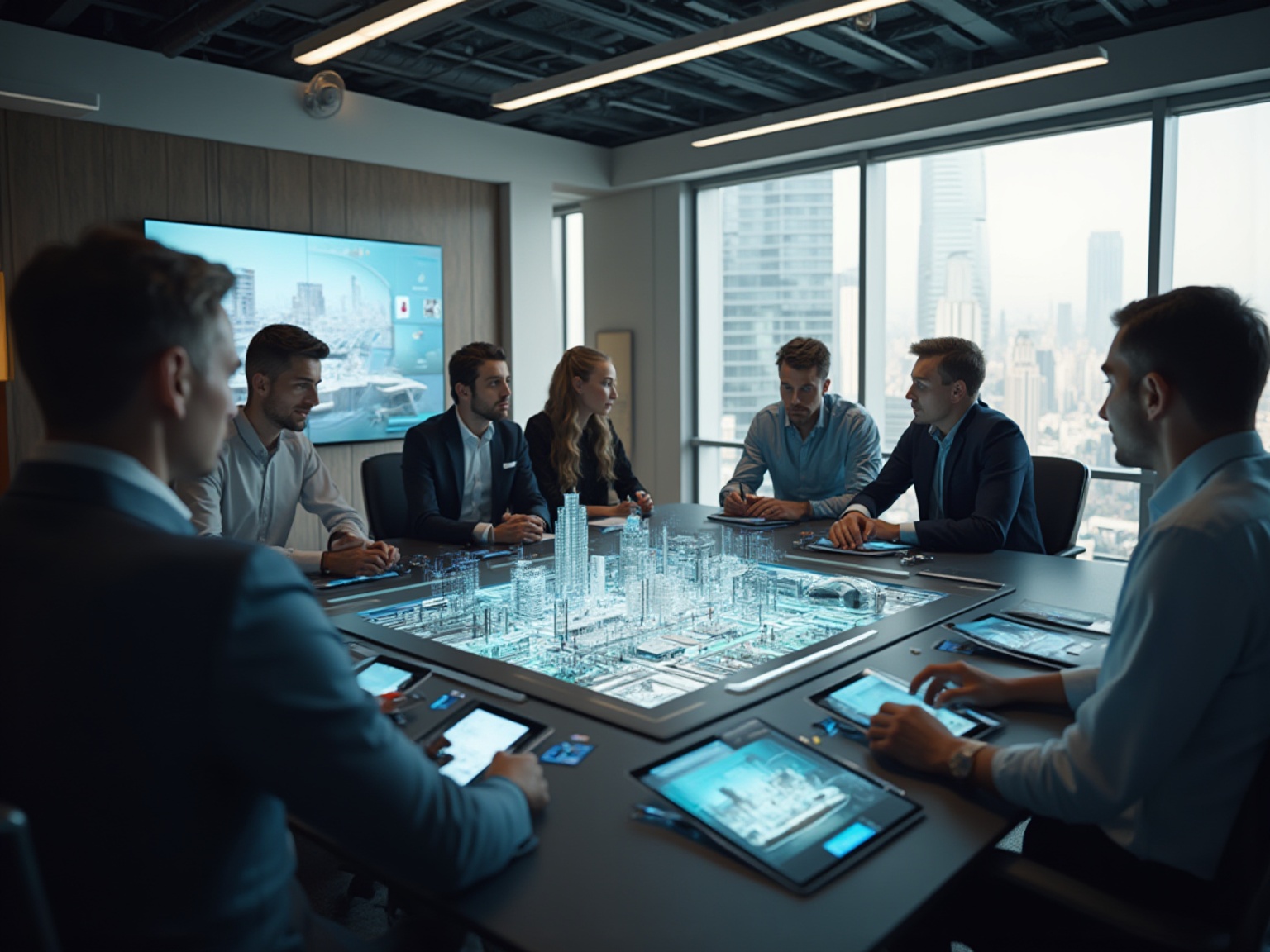
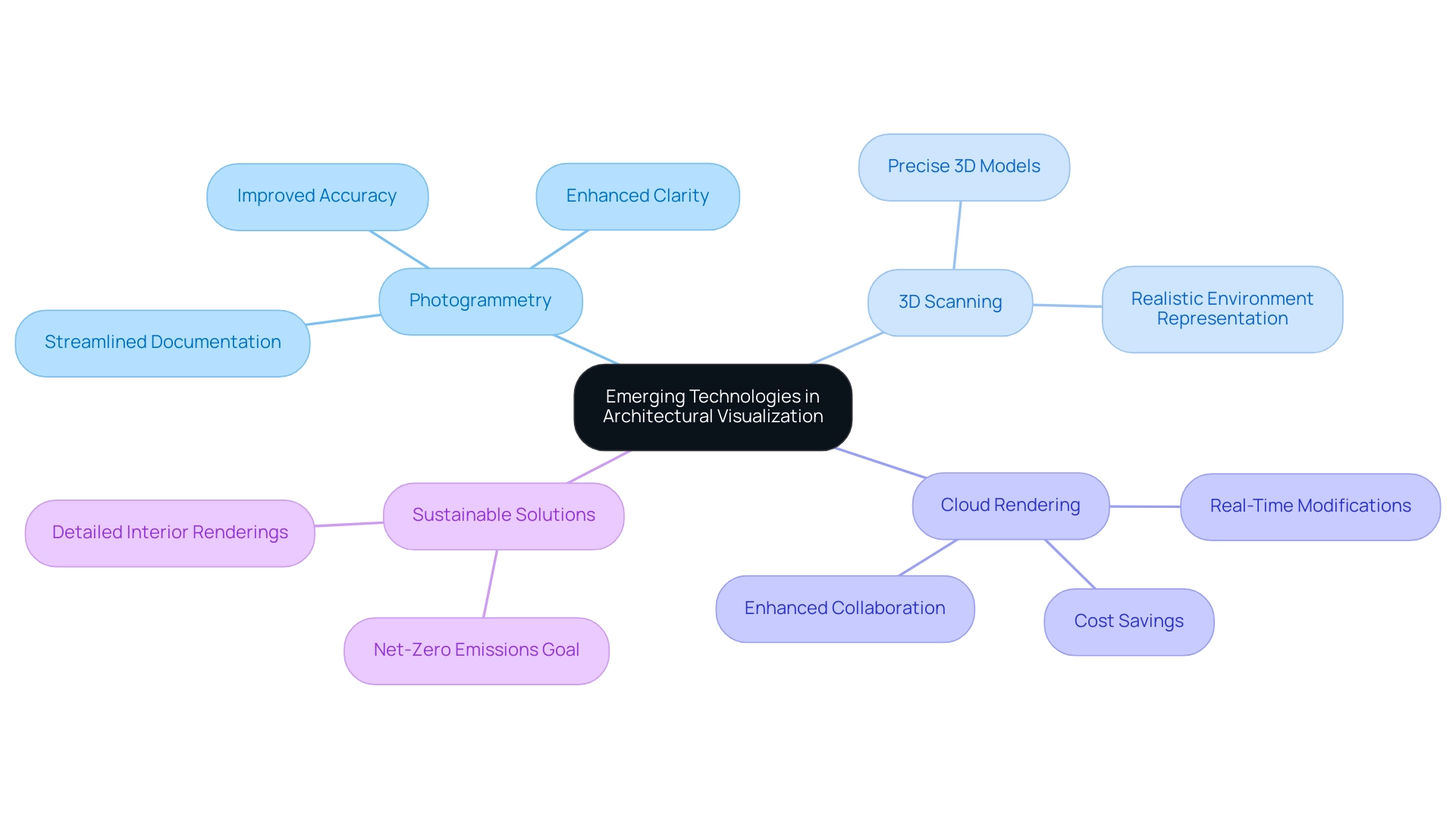
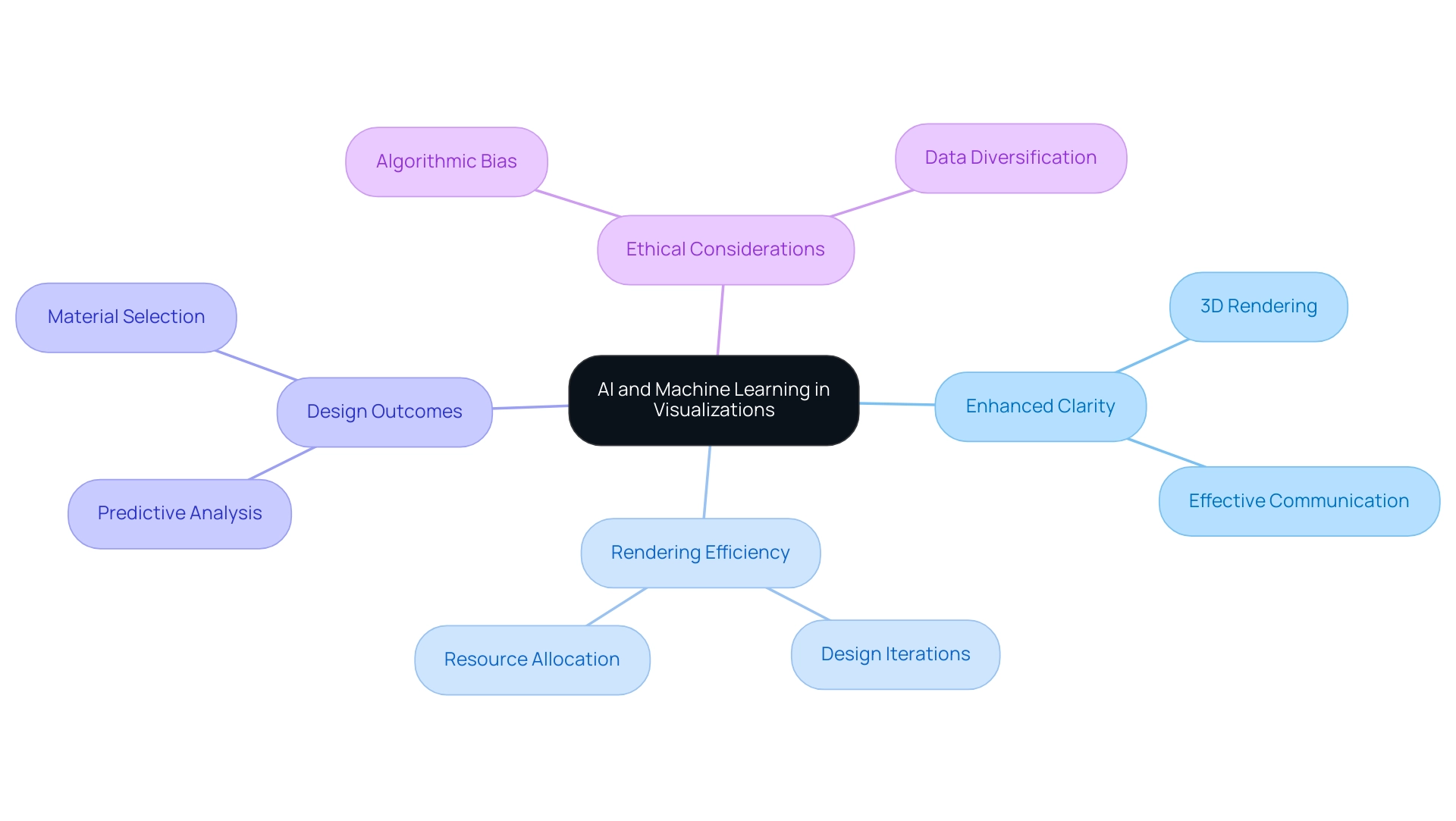
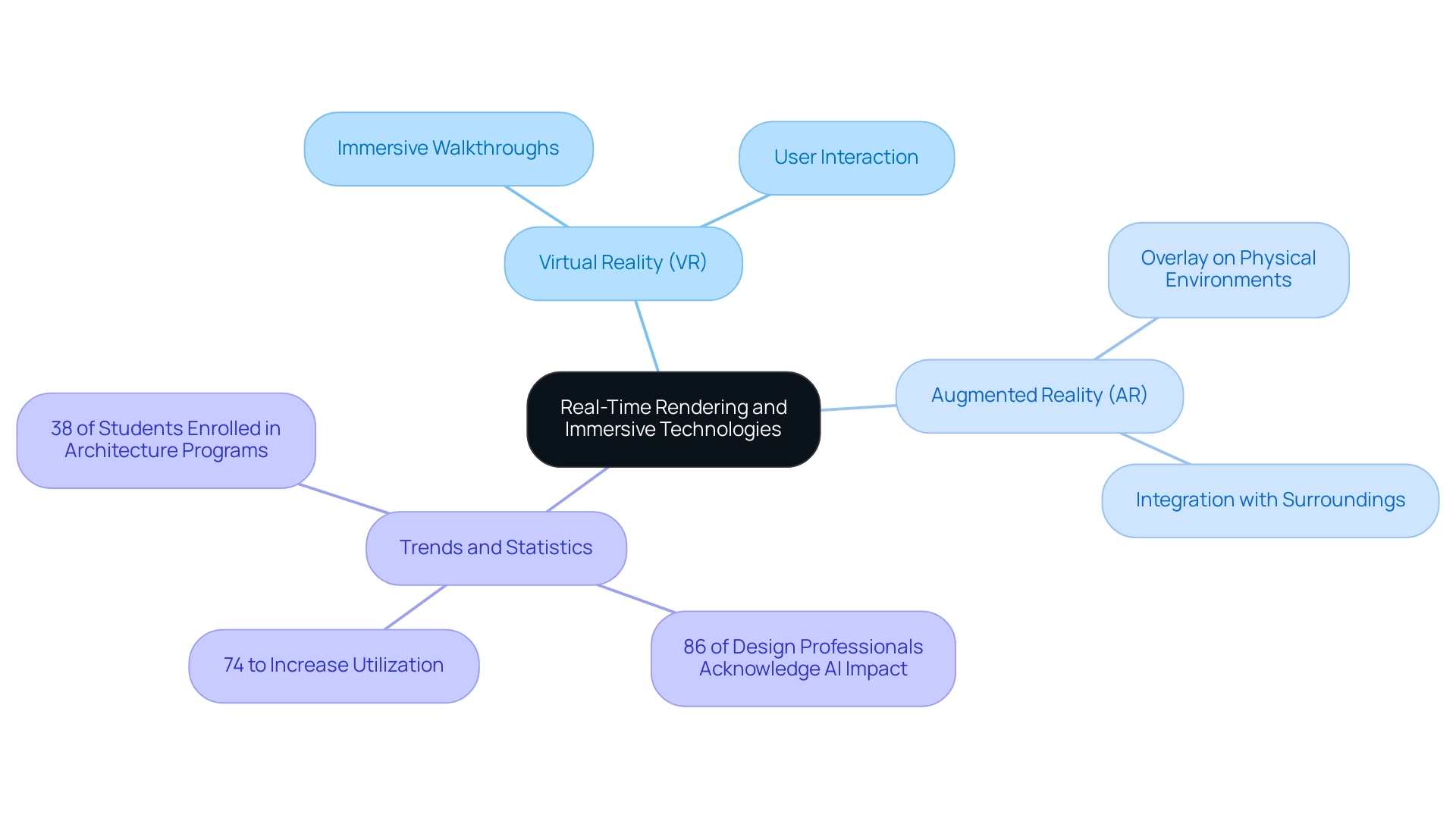
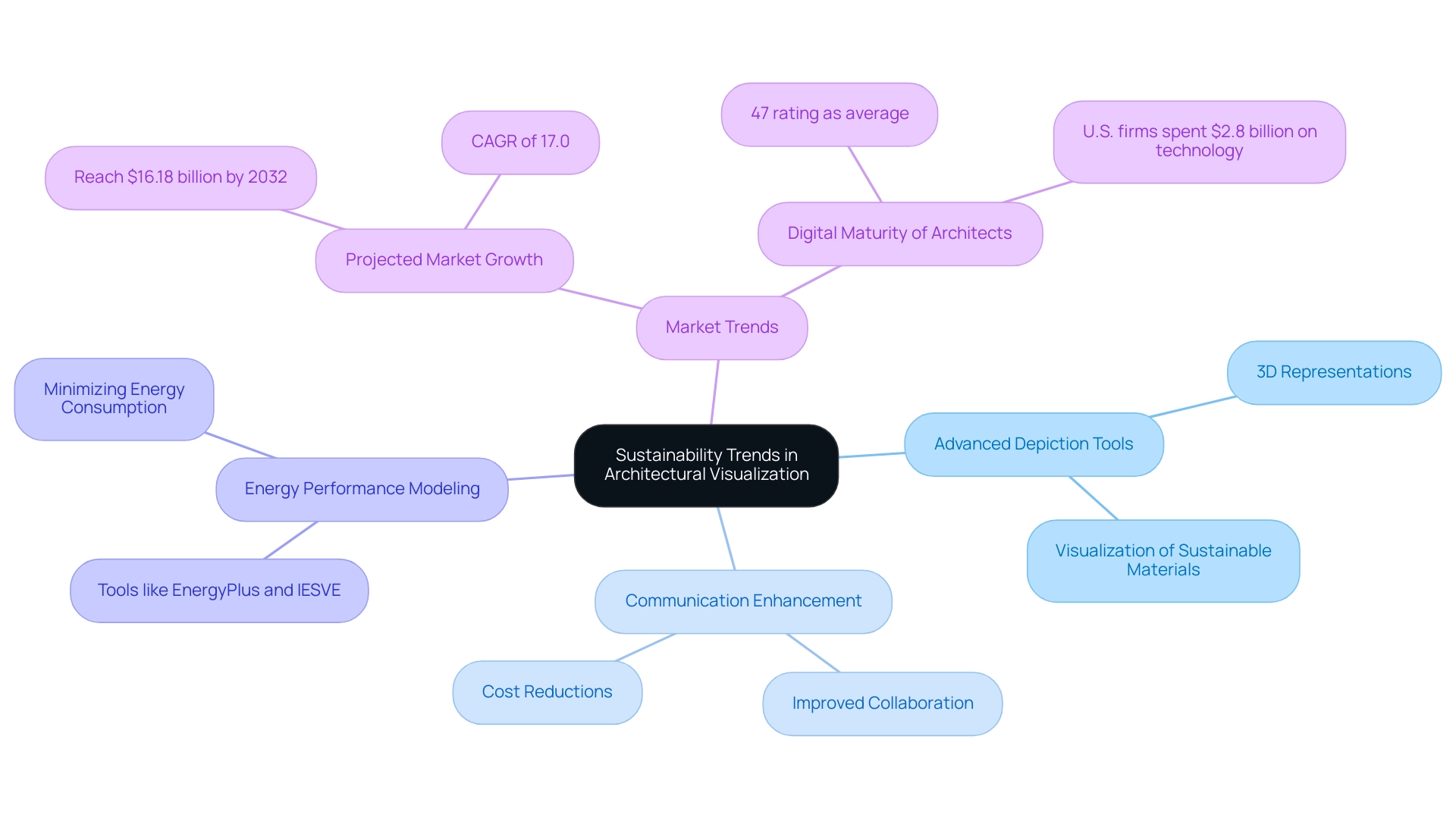
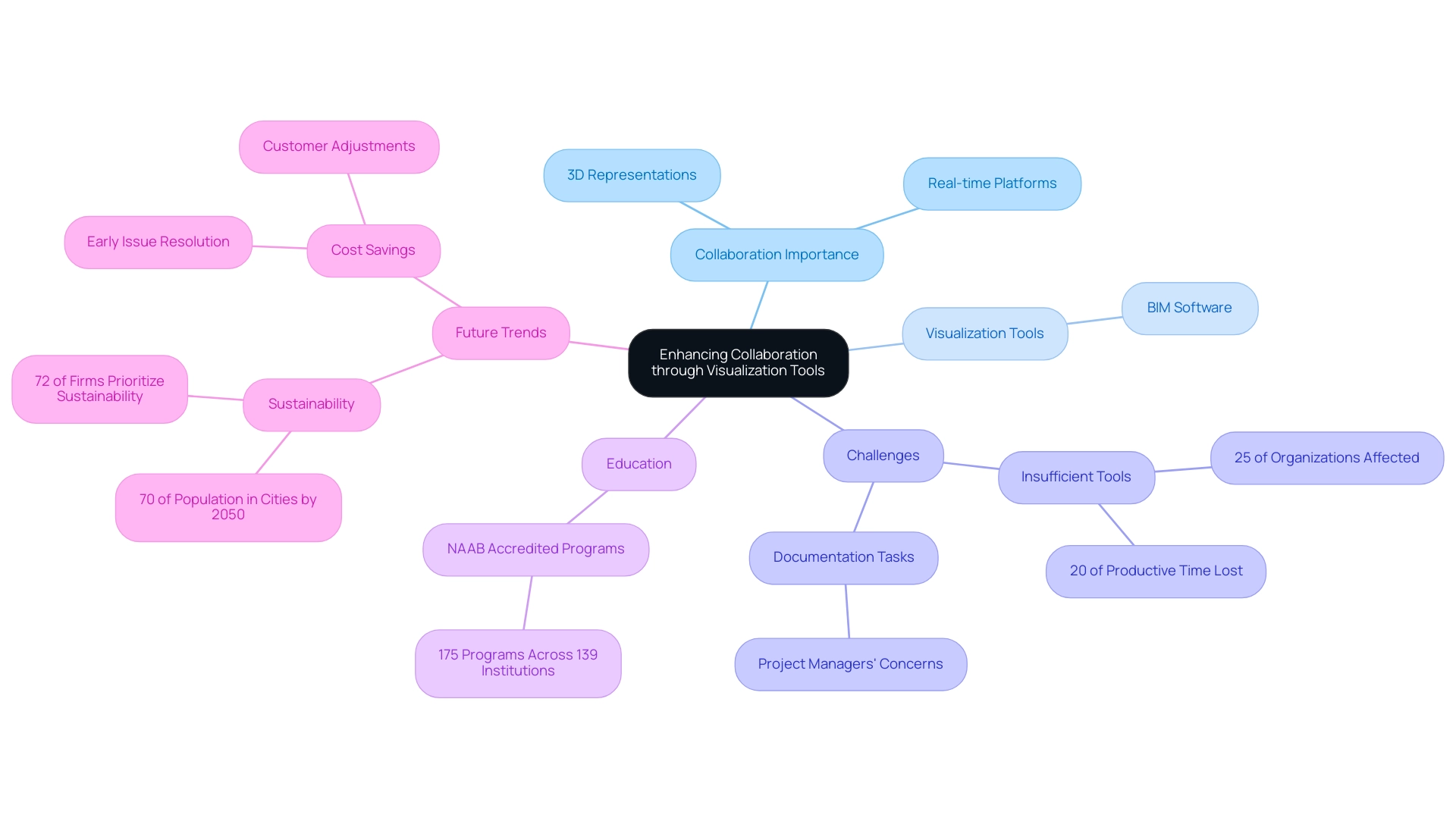
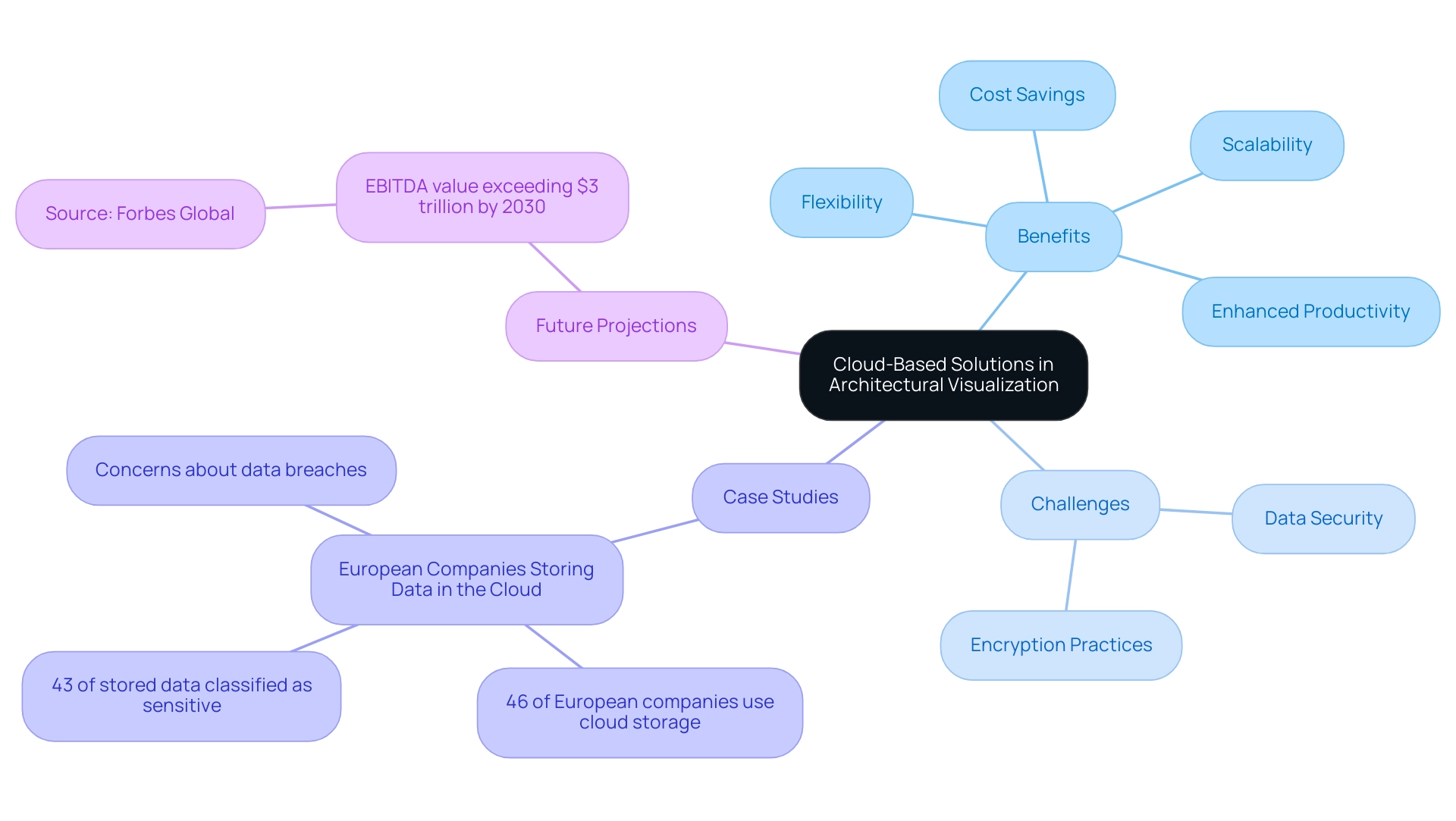
0 Comments